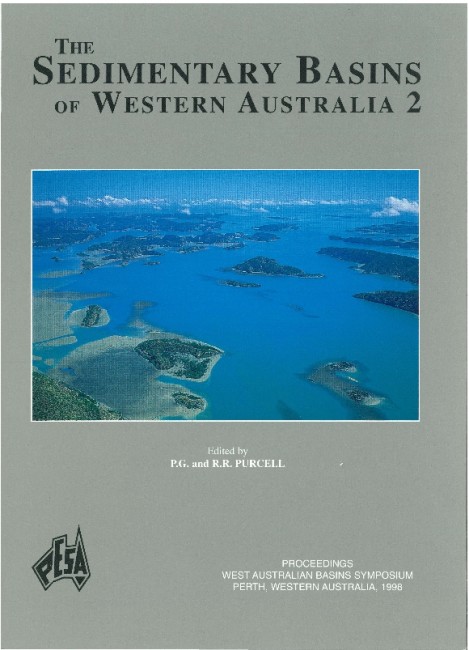Publication Name: The Sedimentary Basins of WA
Authors: G. T. Cooper, C. R. Barnes, J. D. Bourne and G. J. Channon
Publication Volume: 2
Date Published: December 1998
Number of Pages: 29
Reference Type: Book Section
Abstract:
Airborne Laser Fluorosensor (ALF) data from the AC/PlS region of the Timor Sea have been interpreted in conjunction with high quality 2D Andromeda reflection seismic data. ALF anomalies are observed to occur at or near the tips of major Mesozoic faults. Detailed mapping suggests that these fault tips occur at zones of basement transition or 'polarity flips' where footwall and hangingwall blocks are linked via a system of soft-link relay ramps. These ramps act as hydrocarbon migration pathways from the source kitchens of the Cartier and Nancar troughs.These data suggest that the dilational reactivation of the tips of Mesozoic faults during Tertiary extension results in the propagation of small-scale faults across the relay ramps, thus breaching the migration pathway. The position of faults which breach these ramps coincides with the position of the ALF anomalies. Thus most examples of hydrocarbon leakage in the permit, as defined by ALF data, are a function of migration pathway breaching during the evolution of relay ramps. This model is significantly different to contemporary models for leakage and breaching in the North West Shelf which assume that these phenomena rely on the reactivation of entire fault planes due to the prevailing stress regime and/or the interaction of oblique faults of different age. The data presented here suggests that leakage is related to fault tip propagation during fault segment linkage as
part of the evolution of soft-link faults and is not a function of hard-link or basement transfer fault reactivation.


